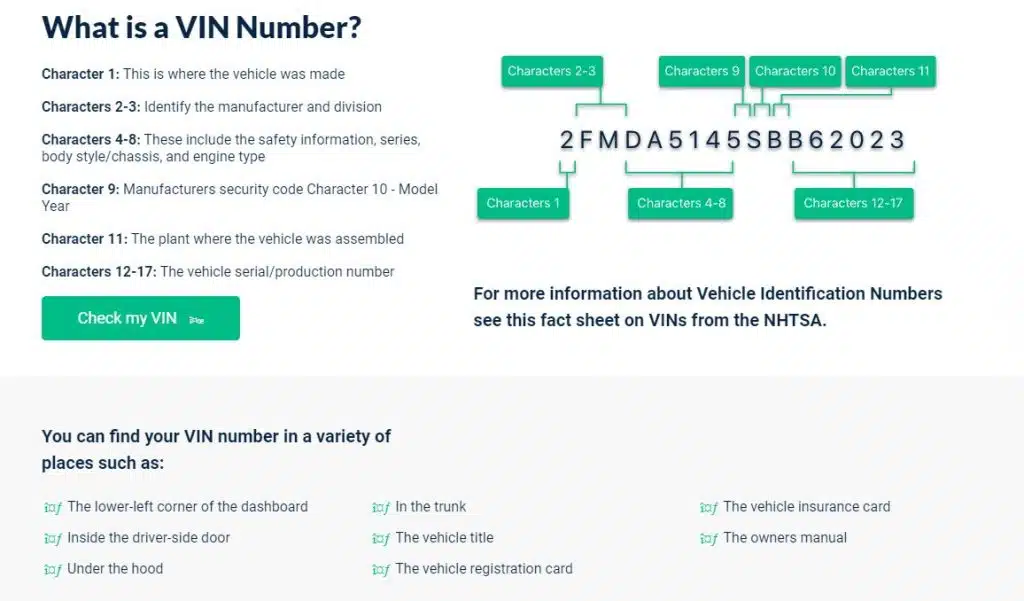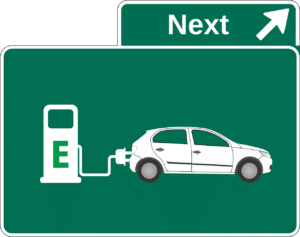In the vehicle manufacturing world, advanced driver assist systems are becoming the new norm. While it’s easy to picture a world of self-driving vehicles by 2027, the current lack of machine learning data for the artificial intelligence, or AI, behind this self-driving phenonium will hold it back for many years to come. However, a new advanced driver assist system that is projected to become standard on all vehicle models by 2027 is the blood alcohol monitoring system.
The Blood Alcohol Content Test
Also known as the blood alcohol content test, or BrAC for short, is an automotive sensor that’s on its way to becoming a federally mandated component to any standard vehicle produced. Currently, the National Highway Traffic Safety Administration (NHTSA) is part of the Investment and Jobs Act/Bipartisan Infrastructure Law (BIL) that would require all Class 1 through 3 vehicles to have a BrAC implanted as part of the vehicle’s standard equipment. The final ruling will be set when NHTSA adds this requirement to the Federal Motor Vehicle Safety Standard, or FMVSS for short.
Not Your Average Blow Tube
Traditionally, inserting a blood alcohol content test into a vehicle required an expensive and detailed installation of blow tube testing equipment. Only qualified technicians could perform the installation, repairs, and disassembly. This complex blow tube system isn’t going to make the cut for standardized implementation into the automotive world.
Rather, automotive vehicle manufacturers and the NHTSA have been working to develop an implanted BrAC system for modern-day vehicles. The idea is that the system doesn’t hinder the driver’s ability to maneuver their vehicle and isn’t able to be fooled into letting those past the set limit drive. So far, there has been some progress in this field.
Steering Wheel UV BrAC
One recent innovation from automotive manufacturers involves an embedded BrAC device in the car’s steering wheel. By using ultraviolet light, the steering wheel can measure the driver’s alcohol content via their palms. The driver’s alcohol content will need to be below a certain limit before the vehicle will start up. While this is surely an innovative solution, fear of using gloves and other hand coverings to fool the system has warded off this technology as a viable candidate for standard vehicle implementation.
Steering Column Test Ports
With the agreement that steering wheel UV BrAC implants can be easily fooled by the average citizen, the NHTSA is leaning towards test ports embedded in the steering column. These test ports will measure the alcohol content of the expelled CO2 from the driver. If their content is over the limit, the car won’t start.
While test ports are promising innovations, there are still some other details that need to be worked out. For example, the content limit must be agreed upon. Currently, there are 49 states that have a BAC limit of .08. However, Utah has a lowered limit of .05. This begs the question of how to enforce the lower BAC limit for vehicles that are regularly in or just visiting the state of Utah. One common thought is to use built-in GPS monitoring to detect when vehicles are in Utah so the lower .05 BAC limit can be enforced.
Addressing False Positives and Other Defects
While having a BrAC sensor that can detect those who are over the limit and prevent them from driving is all fantastic, there’s still the need to address things that cause false positives. Some examples include hand sanitizers, throat lozenges, and other alcohol-based products. Additionally, defects in the BrAC monitoring system could cause voltage drops, communication errors, and battery failure. This could leave sober individuals stranded when dealing with life-threatening situations.

Consumer Safety and Privacy
Another big hitch that must be deal with before this BrAC technology becomes standard on the marketplace is the driver’s safety and overall privacy. If the vehicle is reading the driver’s BAC level and it’s considered to be over the limit, will the system contact local law enforcement? Will government agencies or even vehicle dealerships have access to this stored data? Will giving out this data violate the driver’s rights? There are a lot of questions still to be addressed before this technology can be standardized.
The NHTSA’s Take on the Matter
If it was solely up to the NHTSA, they would be implementing the traditional aftermarket blow tube testing systems. These are time-tested devices that have shown high degrees of accuracy. The NHTSA would like to have any vehicle that can be retrofitted with an aftermarket blow tube BrAC device to get one. This means that any vehicle you buy would have to get one installed. All vehicles currently owned would be exempt from installation unless ordered by a court for post-DUI offenders.
The NHTSA has commented that the urge to get standardized BrAC embedded devices into vehicles is to help save lives. According to Mothers Against Drunk Driving (MADD) and the Insurance Institute for Highway Safety (IIHS), this type of device would have saved over 13,000 lives if they were standardized back in 2021. Furthermore, the IIHS estimates that if this device were considered standard for all vehicles starting in 2027, it could save over 10,000 lives each year thanks to drunk driving prevention.
A Look at Future Sensor Controls
While drunk driving is an area of concern due to the stark pressure from the NHTSA to implement standardized BrAC as part of their FMVSS, it’s not their own prospective for automotive sensors. The NHTSA has also been examining ways to detect distracted and drowsy driving as well as drugged driving. However, both of these are in their very early stages of development.
When Purchasing a Vehicle
Always remember to run a VINsmart report on any used vehicle before making a purchase. A VINsmart report runs a complete history on the vehicle including whether it has ever been reported as stolen, involved in a major accident, or listed as a totaled vehicle.
VINsmart reports will also give you a registration history and mileage at registration. It reports any significant incidents related to the vehicle, such as being involved in a fire or flood.
When purchasing a used vehicle, the best way to ensure you make a good purchase is to know the vehicle’s complete history.






